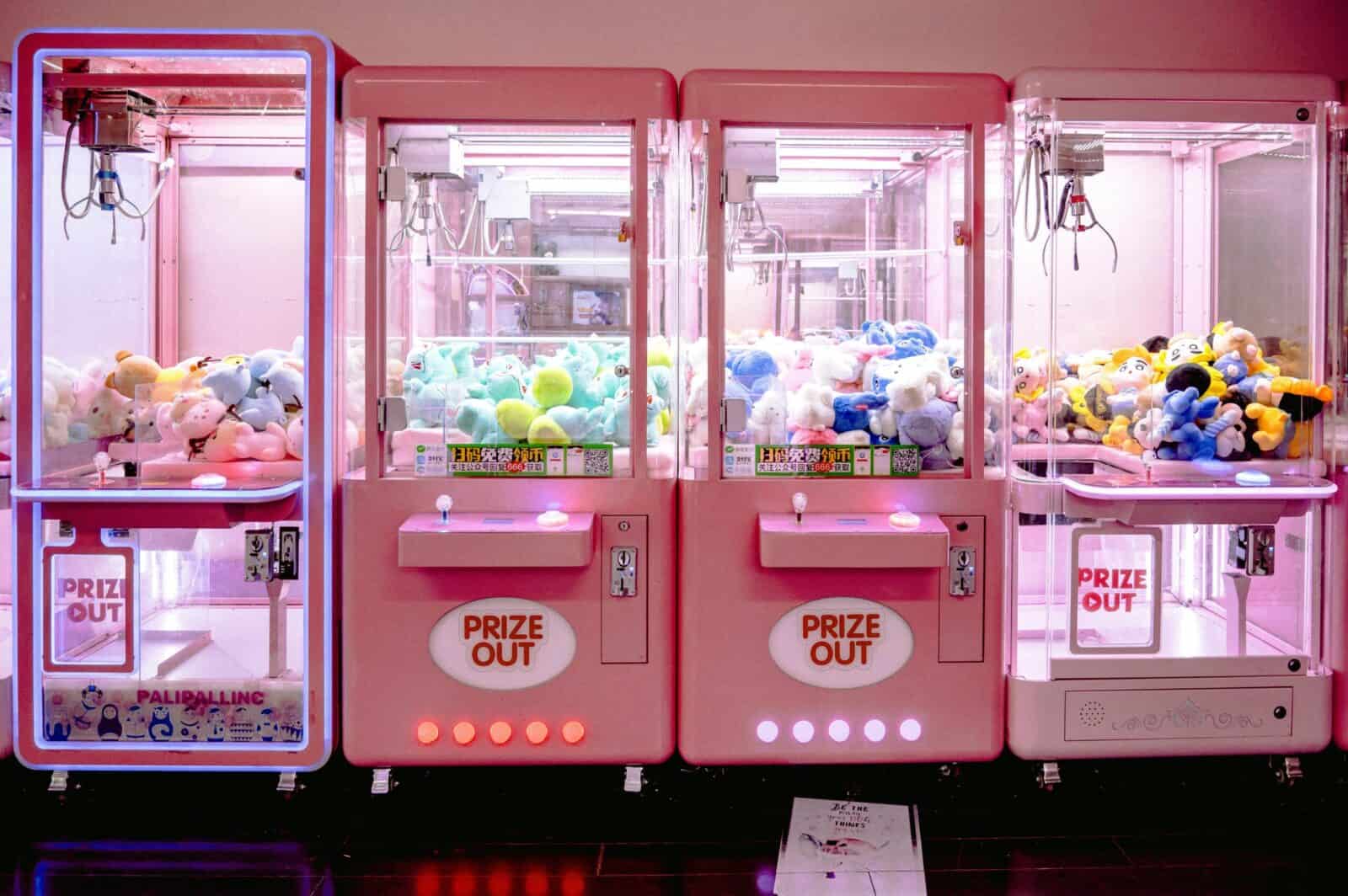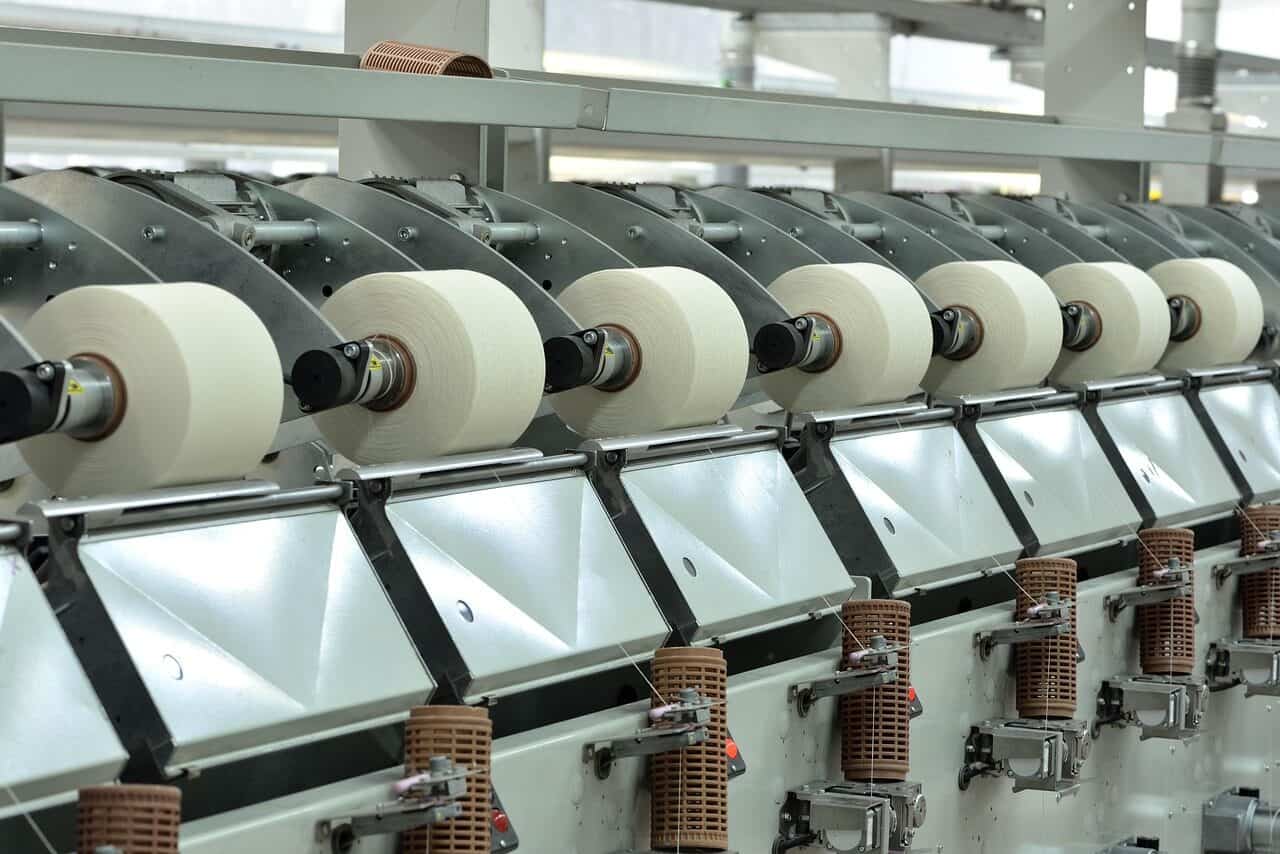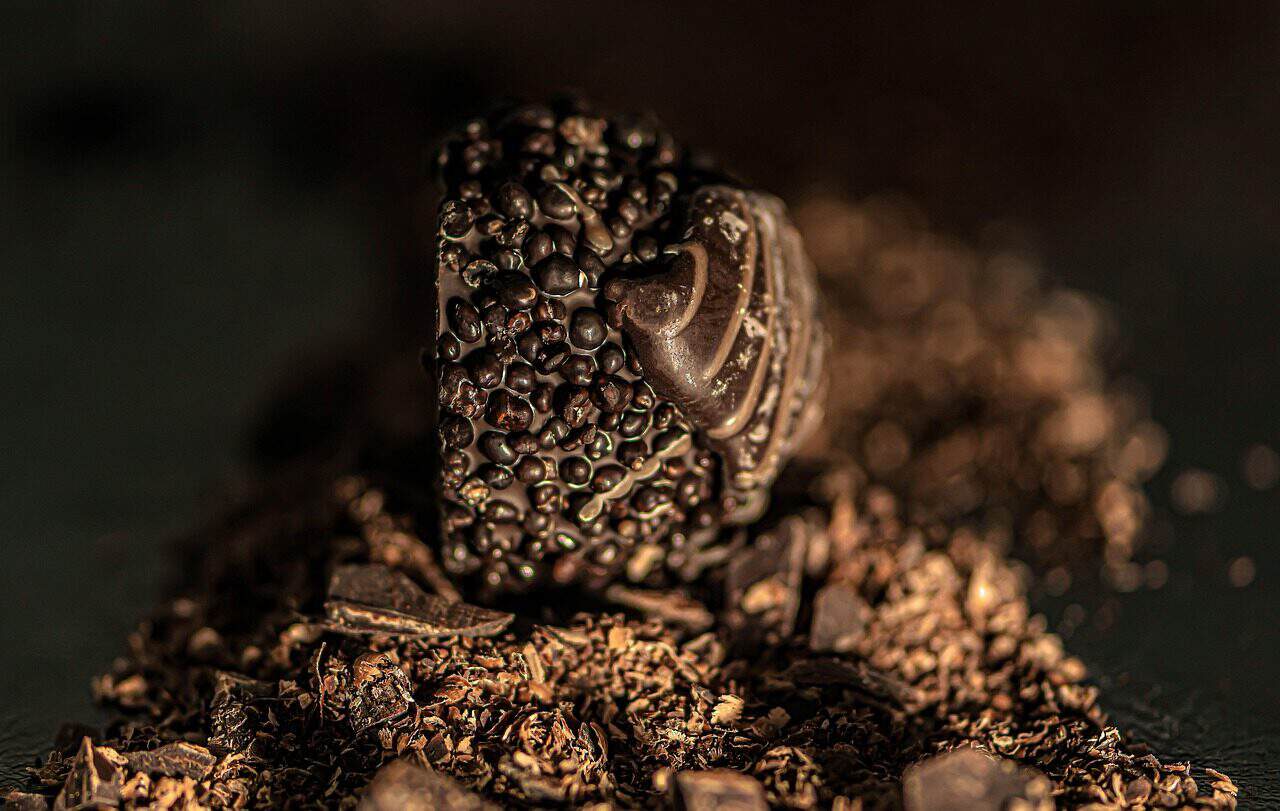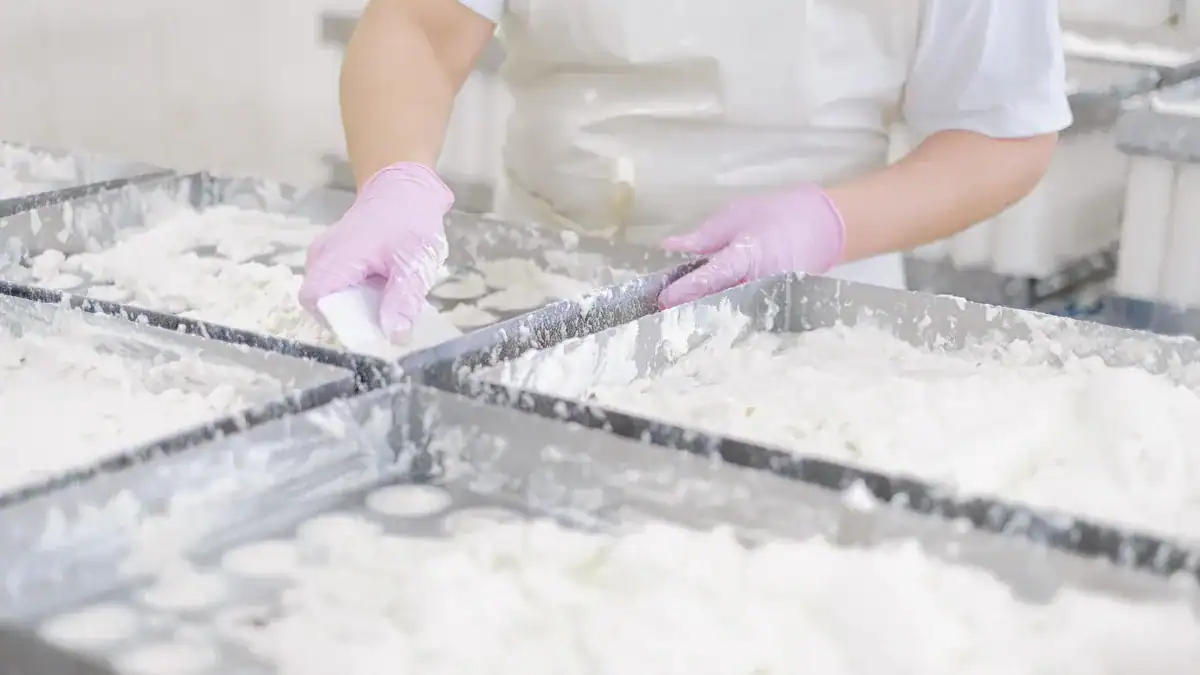
A cake production line uses smart machines and control systems. These help make cakes fast and with care. The machines do every step. They mix, deposit, bake, cool, decorate, and package the cakes. > Automation helps bakeries save time. It keeps every cake the same. It also makes the cakes better.
Key Takeaways
Automated cake production lines have smart machines. These machines mix, bake, decorate, and package cakes fast. They make sure every cake is made the same way each time.
Robots and sensors help keep cakes the same size and shape. They also help keep the quality high. This means there are fewer mistakes and less waste.
Control systems let workers watch the whole process. Workers can change things to keep cakes safe and perfect.
Automation makes cakes faster and saves money. Bakeries can grow without hiring many new workers.
Machines help stop germs from getting on cakes. This makes cakes cleaner and safer to eat.
Cake Production Line Overview

Purpose and Benefits
A cake production line helps bakeries make lots of cakes. Machines do every step, from mixing to packaging. This system lets bakeries work faster. They can make more cakes each day. Workers do not have to do every job by hand. Machines keep each cake the same size and shape. This helps bakeries sell cakes that look and taste the same.
A cake production line also helps stop mistakes. Machines follow set recipes and steps. This means less waste and saves money. Workers can check quality and watch the machines. Bakeries can make more cakes with fewer workers.
Main Components
A cake production line uses many machines. Each machine does a special job. All the machines work together as a team. Here are the main parts:
Automated control systems: These systems run the whole line and keep each step right.
Portioning machines: These machines measure and split the cake batter.
Robotic arms: These arms move trays and cakes between machines.
Ovens: Ovens bake the cakes at the right heat and time.
Cooling conveyors: These belts cool the cakes after baking.
Decorating robots: These robots put icing, toppings, or designs on cakes.
Packaging machines: These machines wrap and box the finished cakes.
Component | Function |
|---|---|
Control systems | Run and watch the process |
Portioning machines | Split batter evenly |
Robotic arms | Move cakes and trays |
Ovens | Bake cakes |
Cooling conveyors | Cool cakes |
Decorating robots | Decorate cakes |
Packaging machines | Pack cakes for shipping |
A cake production line uses all these machines. This makes cake production fast, safe, and easy.
Production Process
Ingredient Mixing
The cake production line begins with mixing ingredients. Machines measure flour, sugar, eggs, and more very carefully. Automated dispensers pour each ingredient into big mixing bowls. Sensors check the weight and quality of everything. Mixing machines blend the ingredients until the batter is just right. Operators watch the process on screens. They can change settings if something is wrong. This step makes sure every batch tastes and feels the same.
Tip: Using machines to measure ingredients helps stop mistakes and keeps recipes the same.
Batter Depositing
After mixing, the batter goes to the next step. Portioning machines put the right amount of batter in trays or molds. These machines use pumps or nozzles to spread batter evenly. Robotic arms move trays onto conveyors. 3D vision systems check if each mold has enough batter. If a tray has too much or too little, the system fixes it. This step helps every cake look and taste the same.
Baking
Ovens bake the cakes at the best temperature and time. The cake production line uses conveyor ovens that move trays through hot zones. Sensors watch the heat and baking time for each tray. The system changes the heat to stop overbaking or underbaking. Operators watch the ovens from control panels. This step gives cakes a golden color and soft feel.
Cooling
Cakes must cool before they are decorated. Cooling conveyors move cakes through a special area with fans or cool air. The cakes move slowly to cool down just right. Robotic arms lift cakes off trays and put them on racks if needed. This step stops cakes from breaking or losing their shape. Continuous cooling keeps the line moving fast.
Decorating
Decorating robots put icing, cream, or toppings on each cake. These robots use special nozzles and 3D vision to make designs. Some lines use guillotine cutters to trim or layer cakes. The system checks each cake for the right decoration. If a cake is not decorated right, the robot can fix it or take it away. This step makes cakes look nice and ready to sell.
Note: Robots help every cake look the same and have good quality.
Packaging
The last step is packaging. Automated machines wrap cakes in plastic or put them in boxes. Check-weighing systems make sure each package weighs the right amount. Robotic arms stack boxes on pallets for shipping. The cake production line runs these machines all the time. Operators check the packages for damage or mistakes. This step keeps cakes fresh and safe for customers.
Key technologies in this process include:
Robotics for moving and decorating cakes
3D vision systems for quality checks
Guillotine cutters for shaping
Check-weighing systems for accuracy
The cake production line needs little help from people. Machines do most of the work. Operators watch and control the process. This setup lets bakeries make many cakes quickly and with good quality.
Automation Technologies
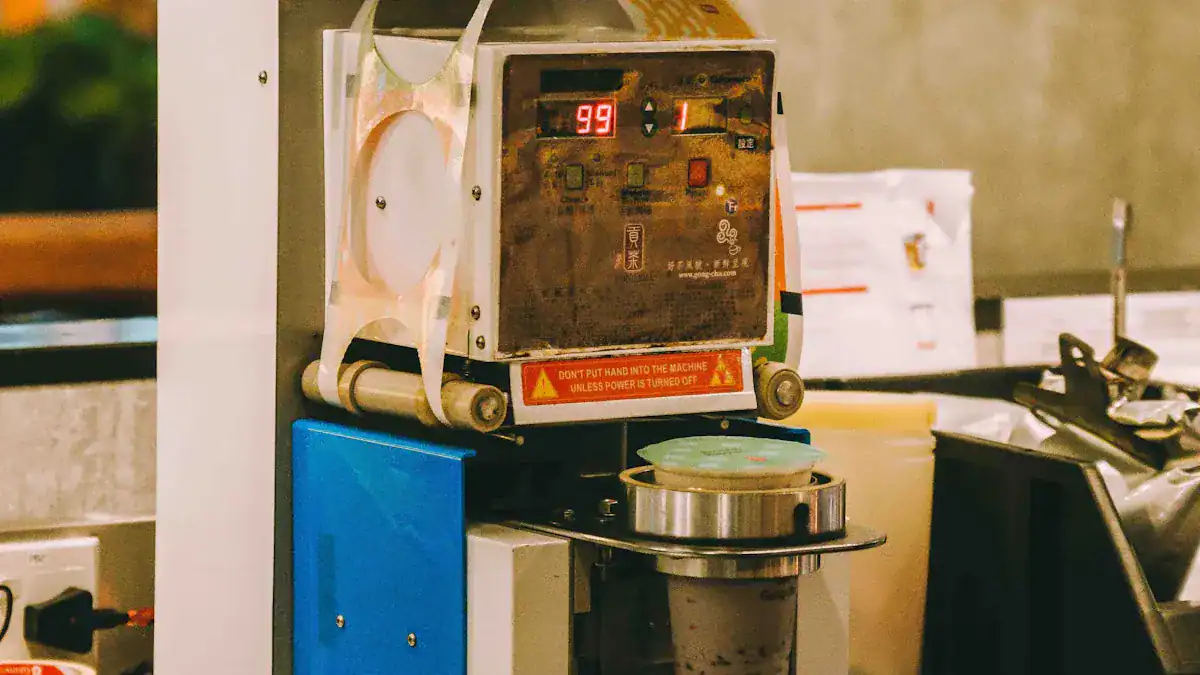
Robotics and Vision Systems
Modern bakeries use robots to move cakes and trays. Robots also move ingredients. These robots work with people and other machines. Cobots help with careful jobs like adding decorations. 3D vision systems help robots see cakes. Cameras and sensors show robots the cake’s size and shape. Robots can find mistakes like missing icing or uneven layers. This technology helps cakes look and taste the same every time.
Robots and vision systems help bakeries work faster. They also help make fewer mistakes.
Control and Monitoring
Automation software controls the bakery machines. Operators use screens to watch each step. Sensors check cake temperature, speed, and weight. The software can change settings if something is wrong. For example, if a cake bakes too long, the system lowers the oven heat. This control keeps everything safe and smooth. Operators see data right away and fix problems fast.
Key features of control systems:
Touchscreen panels are easy to use
Alarms warn about errors or stops
Data logs help track each batch
Quality Assurance
Quality control keeps cakes safe and tasty. Machines use sensors to check cake size, weight, and shape. Vision systems scan for cracks or missing toppings. Check-weighers make sure each package has the right amount. If a cake is not good enough, the system removes it. This step keeps customers safe and protects the bakery’s name.
Quality Check | Technology Used |
|---|---|
Weight | Check-weigher |
Shape | 3D vision system |
Decoration | Camera sensors |
Quality assurance makes sure every cake is great before leaving the bakery.
Advantages of Automation
Efficiency
Automated systems help bakeries work much faster. Machines mix, bake, and package cakes all day. Robots move trays and ingredients very quickly. Operators can watch many machines at the same time. This setup saves both time and energy. Bakeries can make more cakes every hour. Machines do not get tired or need to rest.
Automation helps bakeries finish big orders on time. Customers get their fresh cakes much faster.
Consistency
Automation makes sure every cake is the same. Machines follow the same recipe and steps each time. Sensors check the size and shape of every cake. Robots put the same icing and toppings on each cake. This process helps bakeries avoid making mistakes. Customers know what they will get with every cake.
Consistent cakes help customers trust the bakery.
Stores can sell cakes that look and taste the same.
Hygiene
Automated lines keep cakes clean and safe to eat. Machines touch the cakes instead of people’s hands. This lowers the chance of spreading germs. Stainless steel parts are simple to clean. Sensors and cameras find problems right away. Bakeries can follow strict food safety rules.
Hygiene Benefit | How Automation Helps |
|---|---|
Fewer hands on food | Robots handle cakes |
Easy cleaning | Smooth machine surfaces |
Fast problem checks | Sensors and cameras |
Scalability
Automation helps bakeries grow bigger. They can add more machines to make extra cakes. Operators can change settings for new cake types. The system can make small or large batches. This flexibility helps bakeries meet demand when it gets busy.
Automated bakeries can grow without needing many new workers.
A cake production line has smart machines for every step. These machines mix, bake, decorate, and package cakes. Robots and sensors help bakeries make more cakes. They also help reduce waste. Automation makes each cake look and taste the same. Many bakeries use these systems to save time and money. New technology will make cake lines even faster and smarter in the future.
Key benefits:
More cakes made
Lower costs
Better cake quality
FAQ
How do automated cake lines improve food safety?
Automated lines mean people touch cakes less. Machines do most of the work. This helps stop germs from spreading. Sensors and cameras look for any problems. Bakeries can follow safety rules more easily.
Can bakeries make different cake types on one line?
Yes, workers can change settings for new recipes. The system can make cakes in many shapes and sizes. It can also add different decorations. This helps bakeries give customers what they want.
Do automated lines replace all bakery workers?
No, people are still needed in bakeries. Workers watch the machines and check the cakes. They fix problems when they happen. Automation lets workers focus on safety and new ideas.
What happens if a machine breaks down?
The control system tells workers right away. They can stop the line to fix the problem. Fast repairs keep cakes safe and production on time.

